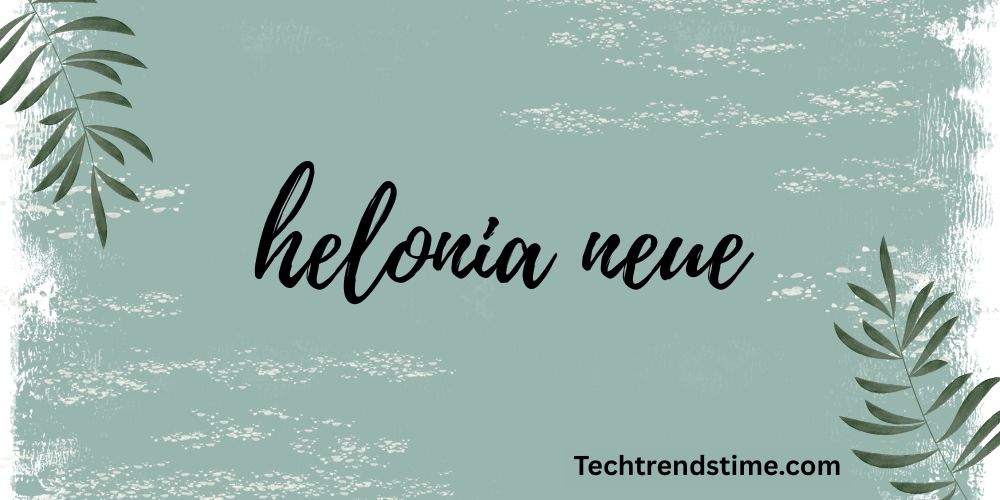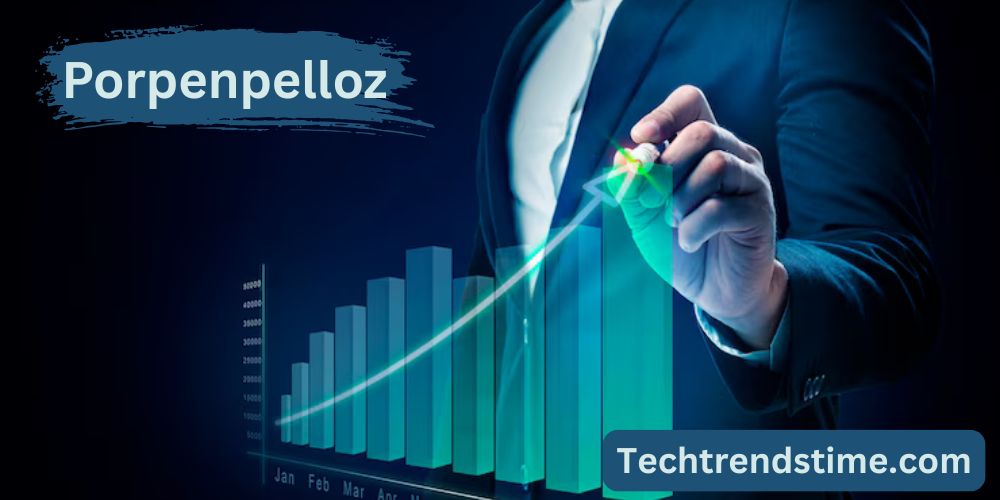Whether it’s a groundbreaking innovation or a subtle shift in customer behavior, industry trends are the early indicators of change that savvy businesses pay attention to. The world doesn’t stand still—and neither do industries. They’re like the ocean tides, shaping the coastline of commerce, technology, and culture. Understanding them isn’t just useful—it’s vital for survival in today’s fast-paced economy.
The Foundation of Industry Trends
An industry trends refers to a direction of change that significantly influences a specific sector over time. These aren’t just temporary fluctuations—they’re transformative currents with the power to dictate how businesses evolve, how products are made, and how services are delivered. Looking back, we’ve seen trends like the industrial revolution, the rise of the internet, and the mobile tech explosion—each drastically reshaping the landscape. These shifts didn’t happen overnight, but those who adapted early reaped massive rewards.
While fads come and go in the blink of an eye (remember fidget spinners?), trends are deeper and more sustainable. They represent lasting change. Micro trends influence specific consumer behaviors or niches (like vegan skincare), while macro trends are larger in scope—think digitalization or climate consciousness.
The Science Behind Trend Forecasting
Modern businesses rely heavily on big data. By tracking millions of digital interactions, they can detect emerging interests and needs, giving them a crucial head start. It’s not just about numbers. Human insight from surveys, focus groups, and industry experts provides context and depth that raw data can’t always capture. Despite tech’s power, trendspotting often comes down to intuition. It’s the marriage of data and human observation that makes trend analysis truly powerful.
Influential Trend Drivers in the Modern Era
From blockchain to biotechnology, new innovations can instantly create or kill entire markets. Staying updated isn’t optional anymore. Platforms like TikTok and Instagram don’t just follow trends—they create them. Viral content can change consumer demand overnight. Sustainability isn’t just ethical; it’s profitable. Consumers increasingly favor brands that walk the green talk. Ideas now spread faster than ever. A trend in Asia today might dominate Western markets tomorrow.
Sector-Wise Breakdown of Current Trends
Tools like ChatGPT are redefining productivity, creativity, and even education. Businesses are integrating AI for everything from customer support to content creation. These technologies are enabling faster, decentralized data processing, especially critical in IoT and real-time applications. Post-pandemic, virtual care is now a staple. Devices like smartwatches track everything from steps to heart rhythm—blending healthcare with lifestyle.
Shoppers expect seamless transitions between online and offline stores. AR fitting rooms and personalized digital ads are setting new benchmarks. From razors to pet food, the convenience of subscriptions has reshaped how we buy products. Traditional banks are scrambling to keep up with startups offering decentralized, blockchain-based services.
Behavioral Shifts Influencing Industry Movements
These digital natives value authenticity, inclusivity, and instant gratification—forcing brands to rethink strategies. Consumers now crave experiences over products—think Airbnb over hotels, Spotify over CDs. Remote work, learning, and socializing have reshaped how people live—and what they expect from products and services. Agile isn’t just for tech anymore. It’s a mindset—be flexible, iterate fast, and adapt continuously. The best ideas often come from customer feedback. Businesses that listen, innovate. No one can go it alone. Ecosystems of partners drive faster innovation and reach.
Tools and Platforms That Track Trends
Perfect for identifying rising interests in real time. These resources provide expert-level insight on where a technology or trend lies in its lifecycle. Reddit, Twitter, and LinkedIn are treasure troves of unfiltered consumer sentiment. Trends are not guarantees. Businesses must assess risks before jumping in. Running “what-if” scenarios helps businesses plan for various outcomes. One of the best defenses against shifting trends is not putting all your eggs in one basket.
Case Studies of Successful Trend Adoption
They redefined travel by offering personalized experiences over standardized hotels. From iPhone to iCloud, Apple’s seamless integration builds unbeatable loyalty. Tapping into health and sustainability concerns, they created a new food category. Still in its early stages, this could revolutionize everything from encryption to pharmaceuticals. AI tools are becoming more personalized, understanding emotion, behavior, and intent. Urban planning is evolving to include IoT, automation, and eco-design.
Barriers to Trend Adoption
Old tech stacks are like anchors—they slow innovation. Fast-moving trends often outpace laws, creating compliance risks. A lack of trained talent can make even the best ideas hard to execute. Encourage experimentation. Fail fast, learn faster. Trends evolve—your team must too. Change starts at the top. Leaders must walk the talk. Don’t just follow trends—do it responsibly. Transparency builds trust. Don’t claim to be sustainable unless you truly are. Today’s consumers will call it out.
FAQs About industry trends
How can I tell if a trend is worth investing in?
Look for longevity, consumer demand, and alignment with your business goals.
What’s the most disruptive trend in 2025?
Generative AI and sustainability initiatives are currently leading the charge.
Should every business go digital?
Not necessarily 100%, but digital integration is key to staying competitive.
How do I upskill my team for future trends?
Offer online courses, workshops, and internal knowledge-sharing platforms.
Are trendspotting services worth the money?
If you’re scaling, definitely. They offer expert insights that save time and reduce guesswork.
Conclusion
Industry trends are the road signs to the future. While following them blindly can be risky, ignoring them can be fatal. The smart move? Stay curious, stay informed, and be ready to pivot. Whether you’re a startup or a Fortune 500, being trend-aware means being future-ready.













Leave a Reply